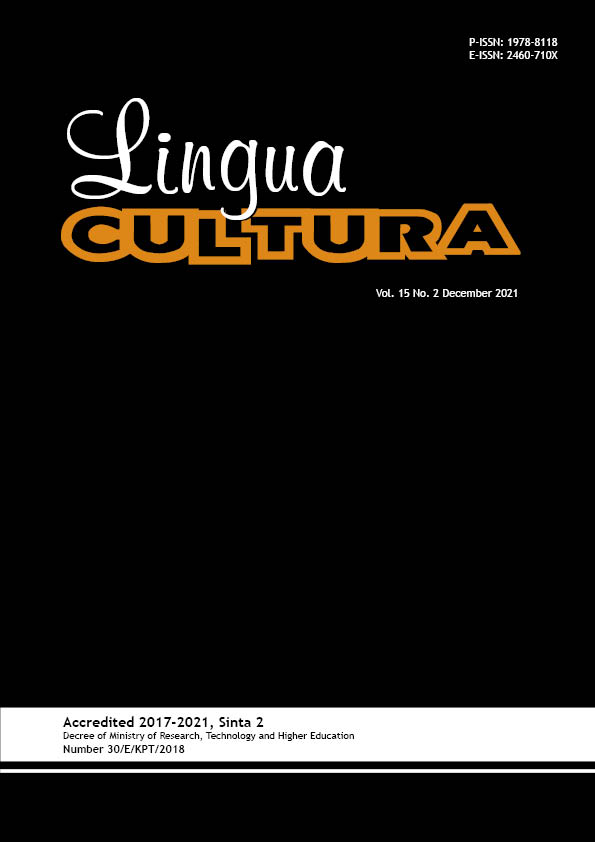Parent and Teacher Collaboration in Home Education: Challenges, Opportunities, and Insights
DOI:
https://doi.org/10.21512/lc.v15i2.7619Keywords:
homeschooling, home education, modular approach, flexible learning, parents teachers collaborationAbstract
The research aimed to analyze how parents and children dealt with home education as well as its effectiveness. On the so-called new normal, many impediments and disruptions came to the lives of stakeholders. Thousands of schools were forced to shut down due to financial constraints and/or issues. Parents had thought of finding an alternative way to continue with the schooling of their children. In the Philippines, a modular approach was introduced, representing the home education/schooling type of instruction. This was the purpose of the research. Five parents served as the participants of the research in which ethnography was used as its qualitative approach. It is found that homeschooling and education are proved to be responsive and relevant to many people due to tangible benefits and perks enjoyed by the learners and parents. On the other hand, parents and children also see and experience some challenges in doing the modules’ requirements. It is advised that parents, children (learners), and teachers need to work in collaboration for the successful outcomes of homeschooling. Another issue is how parents should perform an assessment with their children as learners. However, teachers should not only be there for online consultation. This method of teaching and learning is still in the process of adjustment, but soon people involved in this paradigm will realize its value and role in today’s global education and situation.
References
Armstrong, T. (2018). Multiple intelligences in the classroom (4th Edition). Minnesota: ACSD.
Bartolome, M. T., Mamat, N., & Masnan, A. H. (2017). Parental involvement in the Philippines: A review of literatures. International Journal of Early Childhood Care, 6, 41-50. https://doi.org/10.37134/saecj.vol6.5.2017.
Bubb, S., & Jones, M. (2020). Learning from the COVID-19 home schooling experience: Listening to pupils, parents/carers and teachers. Improving Schools, 23(3), 209-222. https://doi.org/10.1177%2F1365480220958797.
Cook, M. (2020). The reality of home-based learning during COVID-19: Roles of parents, teachers, and school administration in promoting self-directed learning. Journal of School Administration Research and Development, 5(2), 86-92. https://doi.org/10.32674/jsard.v5iS2.284.
Fidalgo, P., Thormann, J., Kulyk, O., & Lencastre, J. A. (2020). Students’ perceptions on distance education: A multinational study. International Journal of Educational Technology in Higher Education, 17, 1-18. https://doi.org/10.1186/s41239-020-00194-2.
Futureschool. (2021). Home education. Retrieved from https://www.futureschool.com/home-education.
Liberto, G., & English, R. M. (2016). Children-led and interest-inspired learning, home education, learning differences and the impact of regulation. Cogent Education, 3(1), 1194734. https://doi.org/10.1080/2331186X.2016.1194734.
Macmillan Education. (2021). Dave Spencer – Social and Emotional Learning (SEL) in the secondary classroom. Retrieved from https://www.macmillanenglish.com/us/training-events/events-webinars/event/dave-spencer-social-and-emotional-learning-sel-in-the-secondary-classroom.
Mapp, K. L. (2021) Introduction to family engagement in education. Retrieved from https://pll.harvard.edu/course/introduction-family-engagement-education?delta=3.
Miller, K., & Lin, M. (2019). Making home-based learning visual: Family perspectives on early learning and development though photographs. School Community Journal, 29(2), 9-30.
Rollins, S. P. (2017). Teaching in the fast lane: How to create active learning experiences. Minnesota: ASCD.
Shearer, B. (2018). Multiple intelligences in teaching and education: Lessons learned from neuroscience. Journal of Intelligence, 6(3), 38-45. http://dx.doi.org/10.3390/jintelligence6030038.
Tomlinson, C.A. (2017). How to differentiate instruction in academically diverse classrooms. Minnesota: Association for Supervision and Curriculum Development.
Wen, Y., Gwendoline, C. L. Q., & Lau, S. Y. (2021). ICT-supported home-based learning in K-12: A systematic review of research and implementation. Techtrends 65, 371-378. https://doi.org/10.1007/s11528-020-00570-9.
Downloads
Published
How to Cite
Issue
Section
License
Copyright (c) 2021 Luisito M. Nanquil

This work is licensed under a Creative Commons Attribution-ShareAlike 4.0 International License.
Authors who publish with this journal agree to the following terms:
a. Authors retain copyright and grant the journal right of first publication with the work simultaneously licensed under a Creative Commons Attribution License - Share Alike that allows others to share the work with an acknowledgment of the work's authorship and initial publication in this journal.
b. Authors are able to enter into separate, additional contractual arrangements for the non-exclusive distribution of the journal's published version of the work (e.g., post it to an institutional repository or publish it in a book), with an acknowledgment of its initial publication in this journal.
c. Authors are permitted and encouraged to post their work online (e.g., in institutional repositories or on their website) prior to and during the submission process, as it can lead to productive exchanges, as well as earlier and greater citation of published work.
USER RIGHTS
All articles published Open Access will be immediately and permanently free for everyone to read and download. We are continuously working with our author communities to select the best choice of license options, currently being defined for this journal as follows: Creative Commons Attribution-Share Alike (CC BY-SA)


















